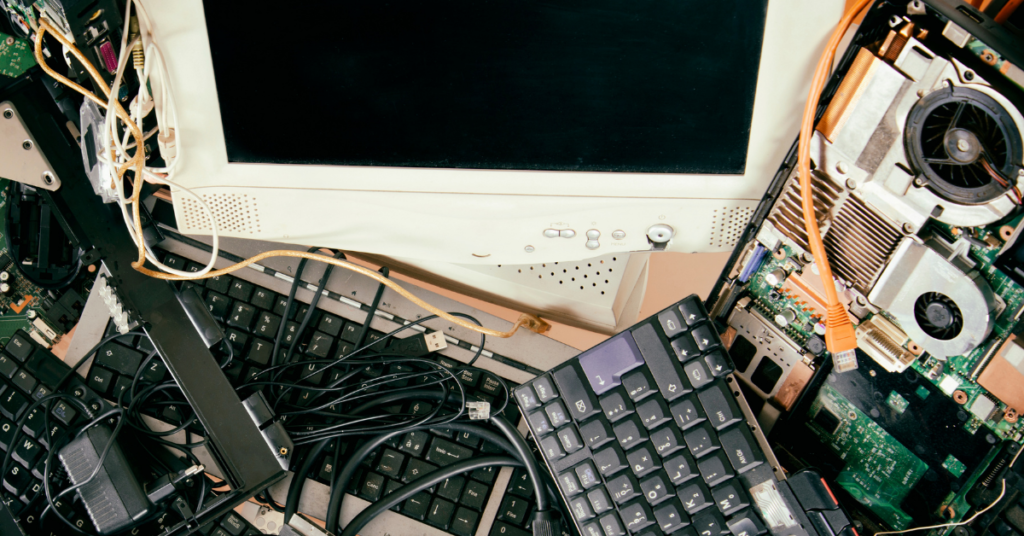
E-waste volumes continue to surge globally each year. In 2019, global e-waste grew by 21% in five years, equating to approximately 53.6 million metric tonnes of produced e-waste. “Effective and binding action is urgently required to protect the millions of children, adolescents and expectant mothers worldwide whose health is jeopardized by the informal processing of discarded electrical or electronic devices according to a new ground-breaking report from the World Health Organization: Children and Digital Dumpsites,” (WHO, 2021).
Children who live, play or go to school near e-waste recycling centres are at high risk to health risks posed by electronic waste. These centres contain high levels of toxic chemicals that can inhibit their intellectual abilities. Workers dealing with valuable materials including, copper and gold, are at risk of exposure to various harmful substances. Exposure to toxic e-waste can also affect the health and development of expectant mothers’ unborn children.
“Only 17.4% of e-waste produced in 2019 reached formal management or recycling facilities, according to the most recent GESP estimates, the rest was illegally dumped, overwhelmingly in low- or middle-income countries, where it is recycled by informal workers,” (WHO, 2021). Proper recycling of electronic waste is pertinent in protecting the environment and decreasing carbon emissions.
Together we must take effective action to reduce electronic waste exposure with the goal of preventing adverse health effects. Drawing awareness to responsible recycling and standing for the collection of greater data and research on health risks with help to minimize the threats posed on our communities.
Lifespan is aware of the health risks presented by electronic waste and the threats they place on our youth, workers and expectant mothers. We are committed to effective sustainability practices, which are supported by our approach to re-use and R2 Certification. Contact us today to learn more.
For more information about emerging e-waste health risks for children, workers and expectant mothers, read this article by the World Health Organization.

